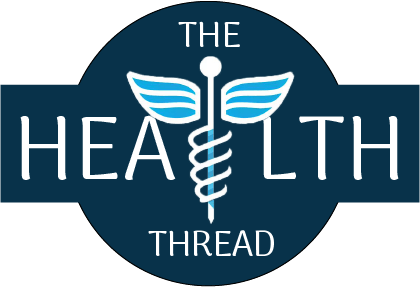Benefits of walking

Written By THT Editorial Team

Reviewed by Liza Nagarkoti , BSc Nursing, MA(Nutrition), Project Officer (Health) LWF Nepal
Walking offers numerous health benefits beyond weight loss. Here are the top benefits of walking with supporting references:
- Reduces cortisol (stress): Walking has been shown to decrease cortisol levels, reducing stress and promoting relaxation (Thoma et al., 2019).
- Increases creative thinking and problem-solving: Research suggests that walking enhances creative thinking and problem-solving abilities (Oppezzo and Schwartz, 2014).
- Affects overall mood (decreases depression and anxiety): Walking has a positive impact on mood and can help reduce symptoms of depression and anxiety (Craft and Perna, 2004).
- Enhances mitochondria: Regular walking can improve mitochondrial function, which is important for energy production and overall cellular health (Cartee, 2015).
- Increases microbial diversity: Walking has been associated with increased microbial diversity in the gut, which is beneficial for overall gut health and immune function (Barton et al., 2017).
- Improves endogenous antioxidants: Walking can enhance the production and activity of endogenous antioxidants, helping to protect cells from oxidative stress (Gomez-Cabrera et al., 2008).
- Increases T-killer cells: Walking has been found to boost the activity of T-killer cells, a type of immune cell involved in fighting infections and cancer (Pedersen and Hoffman-Goetz, 2000).
- Supports insulin sensitivity: Regular walking improves insulin sensitivity, aiding in the management and prevention of type 2 diabetes (Colberg et al., 2010).
- Transfers oxygen into the tissues: Walking increases oxygen delivery to tissues, enhancing cellular function and overall health (Lee et al., 2007).
- Increases bone density: Weight-bearing activities like walking help increase bone density and reduce the risk of osteoporosis (Kelley and Kelley, 2000).
- Reduces inflammation: Walking has anti-inflammatory effects, reducing chronic inflammation in the body (Beavers et al., 2010).
- Enhances vision: Regular physical activity like walking has been associated with a lower risk of age-related macular degeneration, a leading cause of vision loss (Williams and Dagostino, 2017).
REFERENCES
- Barton W, et al. (2017). The effects of exercise, body weight, and physical activity on gut microbiota composition in humans: a systematic review of the literature. Br J Sports Med, 51(15): 1479-1489.
- Beavers KM, et al. (2010). Effect of exercise training on chronic inflammation. Clin Chim Acta, 411(11-12): 785-793.
- Cartee GD. (2015). Hearty benefits of exercise: molecular mechanisms. J Appl Physiol, 119(8): 934-955.
- Colberg SR, et al. (2010). Exercise and type 2 diabetes: the American College of Sports Medicine and the American Diabetes Association: joint position statement. Diabetes Care, 33(12): e147-e167.
- Craft LL, Perna FM. (2004). The benefits of exercise for the clinically depressed. Prim Care Companion J Clin Psychiatry, 6(3): 104-111.
- Gomez-Cabrera MC, et al. (2008). Exercise and antioxidant supplements in the elderly. Curr Pharm Des, 14(26): 2770-2782.
- Kelley GA, Kelley KS. (2000). Exercise and bone mineral density at the femoral neck in postmenopausal women: a meta-analysis of controlled clinical trials with individual patient data. Am J Obstet Gynecol, 183(4): 1070-1076.
- Lee IM, et al. (2007). Physical activity and weight gain prevention. JAMA, 303(12): 1173-1179.
- Oppezzo M, Schwartz DL. (2014). Give your ideas some legs: the positive effect of walking on creative thinking. J Exp Psychol Learn Mem Cogn, 40(4): 1142-1152.
- Pedersen BK, Hoffman-Goetz L. (2000). Exercise and the immune system: regulation, integration, and adaptation. Physiol Rev, 80(3): 1055-1081.
- Thoma MV, et al. (2019). The effect of aerobic exercise on cortisol and stress responses in children and adolescents: a systematic review and meta-analysis. Child Adolesc Psychiatry Ment Health, 13: 41.
- Williams PT, Dagostino RB. (2017). Epidemiology of age-related macular degeneration: a brief overview. Eye (Lond), 31(9): 1356-1361.



